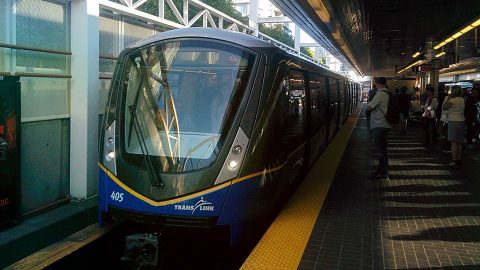
‘Emergency stop is one of the biggest challenges for ATO’
SkyTrain automated service in Vancouver, source: WikiMedia Commons
“Instead of looking at complex technical issues, we should start with the more basic challenges of Automatic Train Operation (ATO), like the emergency parking brakes,” says Richard Plokhaar, Senior Rail Operations Analyst at the Canadian engineering company Gannett Fleming.
Want to read more?
You have read all of your free premium articles for this month. Please become a subscriber to keep reading.
Subscribe now!
Take advantage of our exclusive offer to get full access to all premium content.




Keeping a train from rolling away when the pneumatic brakes bled off is not really any problem.
For decades spring-loaded parking brakes (electrically and/or pneumatically released) are already widely used, without any practical and operational constraints² — They are fail-safe and can be applied automatically after a timeout, so there is no need for anyone to literally crank on a handbrake…
*) except for a small delay to recharge the pneumatic brakes first and to release the parking brakes…